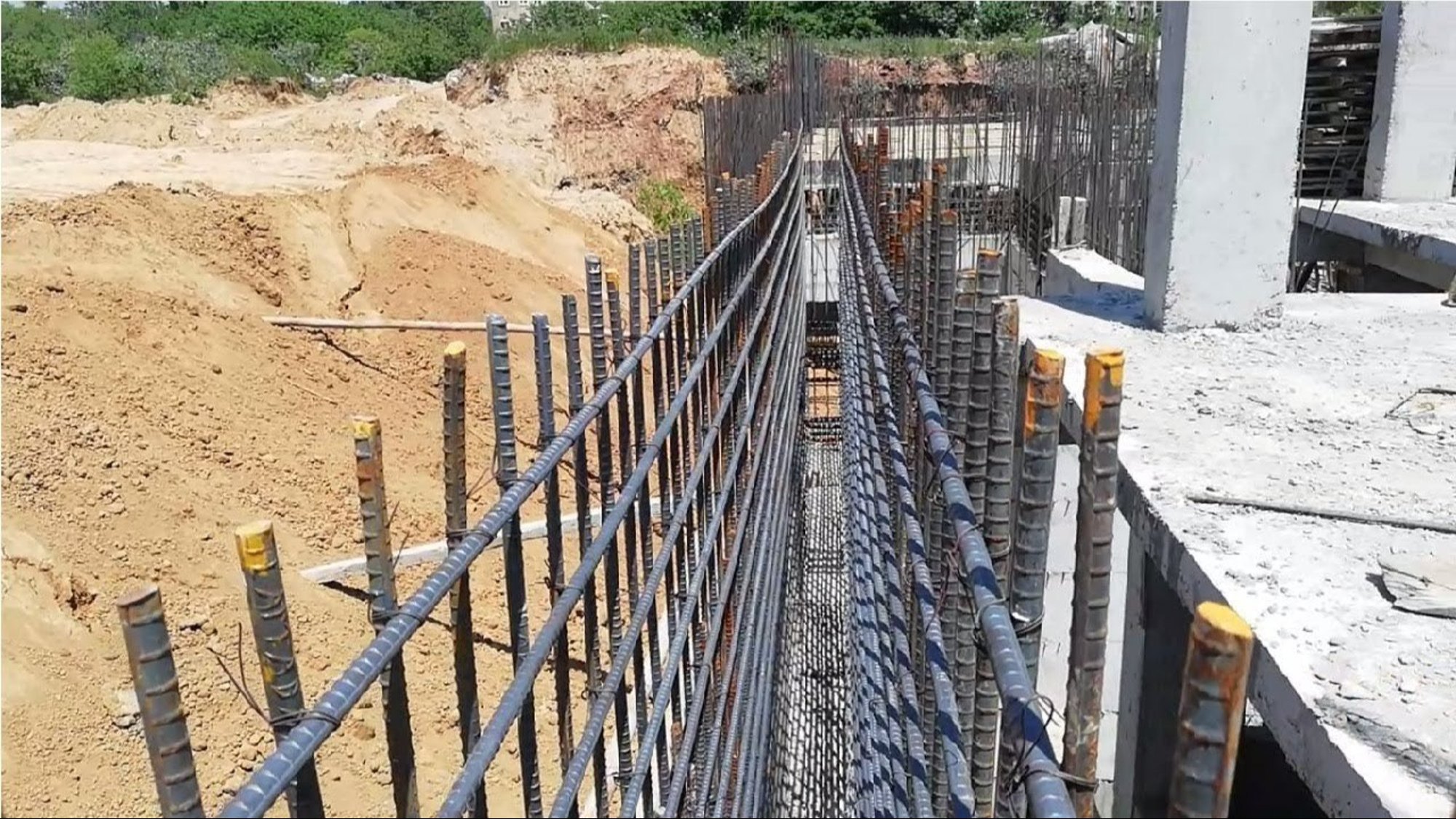
Retaining walls play a crucial role in civil engineering and landscaping, providing structural support to soil, preventing erosion, and creating level surfaces in sloped areas. Constructing a retaining wall involves careful planning to retaining wall construction, precise execution, and adherence to best practices to ensure its stability, longevity, and effectiveness.
Proper Site Assessment:
Before construction begins, conduct a thorough site assessment to evaluate soil conditions, drainage patterns, slope stability, and potential load-bearing requirements. Understanding these factors helps in designing an appropriate retaining wall constructionsystem.
Engineering Design:
Retaining walls should be designed by qualified engineers based on the specific site conditions and project requirements. Factors such as wall height, soil type, surcharge loads, and groundwater levels must be considered to determine the appropriate wall type, materials, and construction techniques.
Material Selection:
Choose high-quality materials suitable for the intended purpose and site conditions. Common materials for retaining walls include concrete blocks, natural stone, timber, and gabions. Ensure that materials meet structural and durability standards to withstand the anticipated loads and environmental factors.
Proper Drainage:
Effective drainage is essential to prevent hydrostatic pressure buildup behind the retaining wall, which can lead to instability and failure. Incorporate drainage features such as weep holes, gravel backfill, perforated pipes, or French drains to channel water away from the wall and relieve pressure on the structure.
Compaction:
Proper compaction of the soil behind and beneath the retaining wall is critical to prevent settlement and ensure stability. Use compaction equipment to achieve the required density of backfill materials, particularly in layered or reinforced soil systems.

Reinforcement:
In cases where additional strength is needed, consider reinforcing the retaining wall with geogrids, geotextiles, or steel reinforcements. These materials improve stability, reduce lateral movement, and increase the load-bearing capacity of the wall, especially for taller structures or challenging soil conditions.
Construction Techniques:
Follow industry-standard construction techniques and guidelines during wall installation. Ensure proper alignment, leveling, and anchoring of wall components to maintain structural integrity and uniformity. Use appropriate equipment and tools for excavation, placement, and compaction to achieve desired results.
Backfilling:
Gradually backfill the space behind the retaining wall in thin layers, compacting each layer thoroughly to minimize settlement and ensure uniform support. Avoid placing heavy equipment or materials near the wall during backfilling to prevent damage or destabilization.
Professional Installation:
Retaining walls should be constructed by experienced professionals or certified contractors familiar with industry standards and local building codes. Improper installation can compromise the integrity of the structure and pose safety risks.




